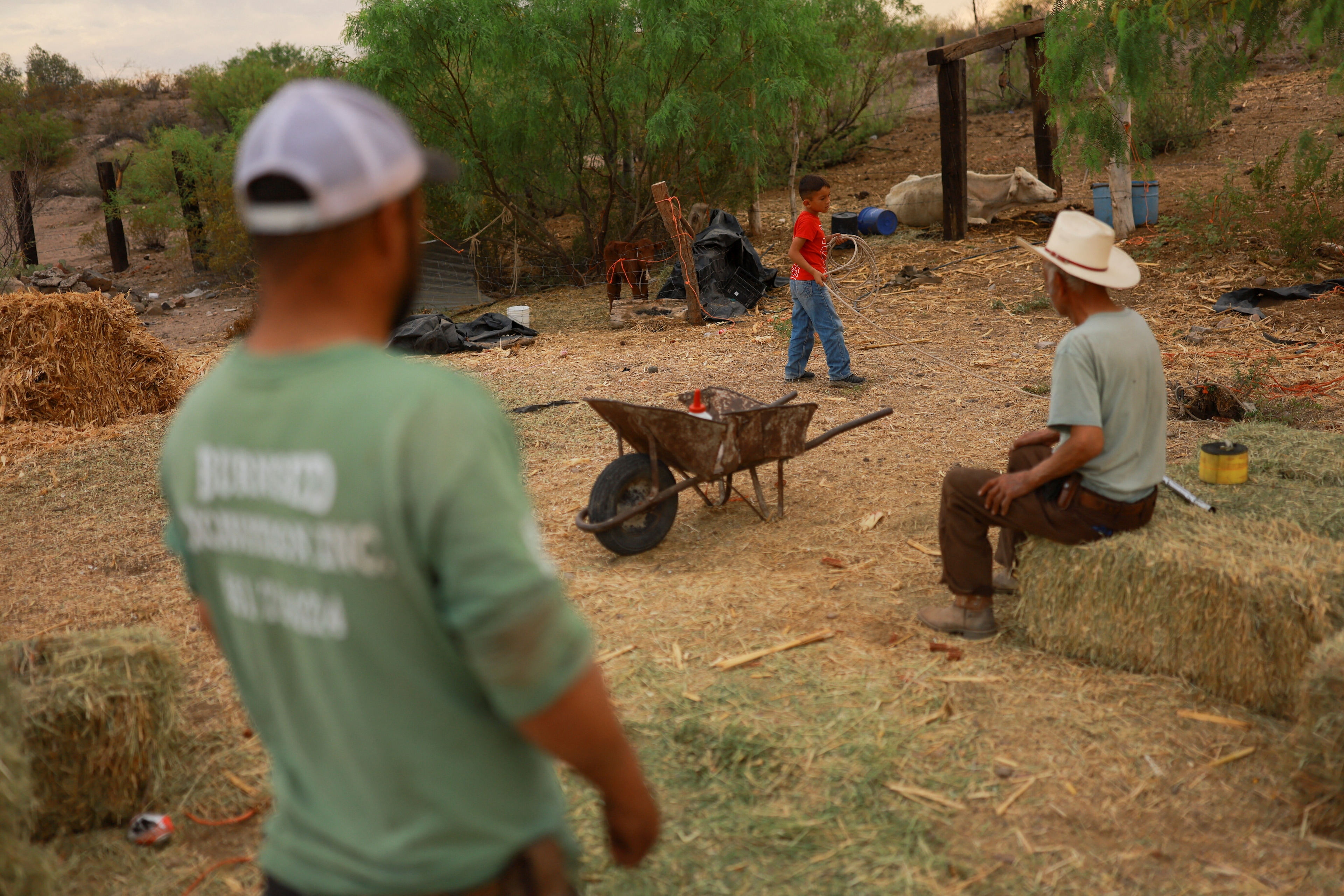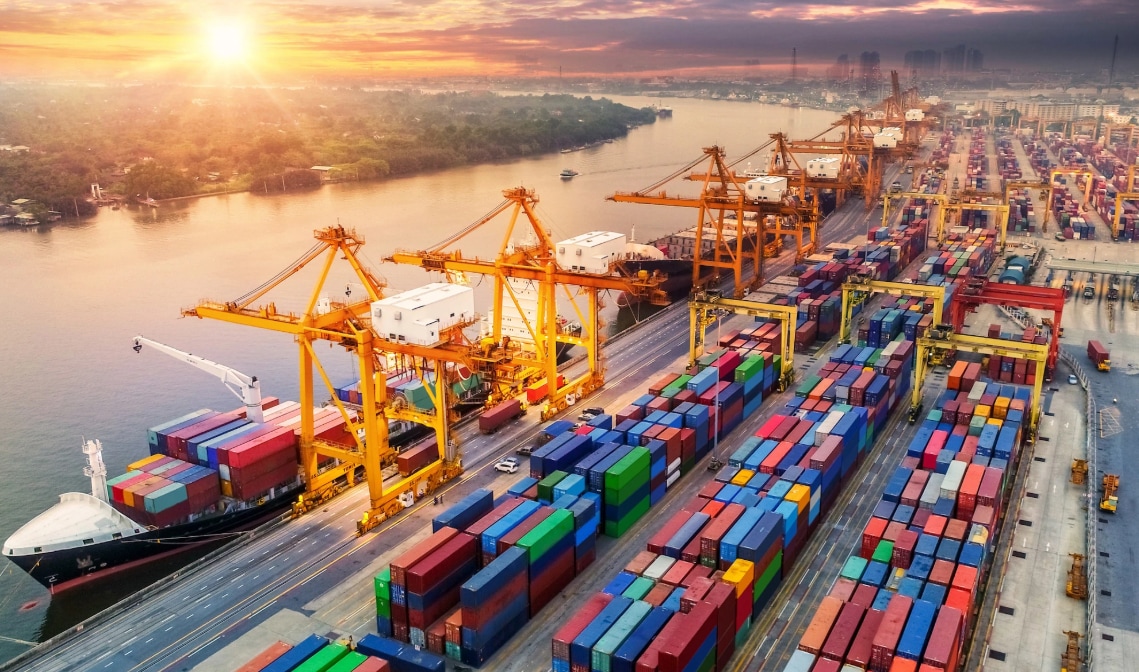How climate hazards are reshaping business realities and responses

Recent storms and wildfires highlight the growing threat of climate hazards .
Image: REUTERS/Fred Greavesâ
Stay up to date:
Climate Crisis
- Recent storms and wildfires highlight the growing threat climate hazards pose to businesses and societies.
- The impact of climate hazards, such as disruptions to water supply, damage to fixed assets and reduced worker productivity, will drive up business costs and reduce operational efficiency.
- Companies must urgently reevaluate their climate resilience and adaptation plans to protect commercial and societal value.
Extreme weather events are no longer confined to their usual seasons, striking unexpectedly and with increasing frequency.
For cities and tourist destinations vulnerable to extreme weather, the economic consequences and reality are growing harsher: unpredictable storms, infrastructure damage and disrupted economies. In 2023, when category-5 Hurricane Otis passed over Mexico’s Pacific coast, it hit 80% of hotels in Acapulco and caused an estimated $16 billion in damage.
These intensifying threats underscore the urgent need for climate resilience and adaptation across the whole economy.
The travel industry isn’t the only sector to suffer. Wildfires in Los Angeles caused an estimated $250-275 billion of economic losses, falling heavily on local businesses. More frequent and severe events make the need for companies to reevaluate climate resilience and adaptation plans more urgent.
Our recent study – Business on the Edge: Building Industry Resilience to Climate Hazards – explores the impact of extreme heat, wildfires, drought, water stress, tropical cyclones, coastal flooding and fluvial flooding on fixed business assets in 20 industries.
The scale of financial losses from these risks concerns all business leaders. The findings highlight that resilience is no longer a nice-to-have but a fiduciary responsibility for boards when evaluating corporate risk.
Counting the costs of climate hazards
Consider what happens when factories lose their water supply, data centres struggle to cool, offices are submerged by floods or fields are hit by drought. The reduced efficiency of business property, plant and equipment will show up on balance sheets as costs rise, for instance, through additional repairs, unfulfilled orders and reduced worker productivity.
By mapping fixed asset risk to fixed asset value at the company level, we estimate climate hazards will drive $560-610 billion of yearly losses by 2035 for listed companies, depending on the emissions scenario.
The shock is outsized in some industries. The average telecom company, for example, faces losing $510-563 million per year due to the vulnerability of data centres and network infrastructure to extreme heat.
A business case for climate resilence
Overall, climate-driven fixed asset losses equate to a 6.6-7.3% drop in earnings by 2035 for the average company, accelerating to 9.9-12.8% by 2055. Travel companies, utilities and telecom businesses could face losses amounting to more than a fifth of their earnings by 2035.
Even industries that seem less directly exposed to extreme weather events, such as high-tech, software and life sciences, are expected to suffer financial strain due to supply chain disruptions, increasing operational costs and increasing climate-related risks to infrastructure and logistics.

For comparison, the profit margins of S&P 500 companies dropped by 15.3% during the year leading up to the second quarter of 2020, when the COVID-19 pandemic was at its worst. However, this decline was reversed thanks to vaccine rollouts and large-scale government support.
In contrast, the costs of climate-related damage will happen every year and will keep getting worse. While these numbers are concerning, the true impact of climate risks on businesses is likely even greater. The good news is that investing in resilience and adaptation pays off: every $1 spent can generate a return of $2 to $19. The business case is, therefore, clear.
Countering the growing threat of climate hazards
How a company should build climate resilience depends on its assets and location but any strategy should focus on three pillars: mitigating economic loss, identifying adaptation opportunities to increase revenues and sustainability, and collaborating to protect communities and ecosystems.
To mitigate losses, companies should start by mapping climate risk exposure, creating crisis management plans and diversifying supply chains. At the same time, they can seize opportunities by using sustainable materials, redesigning products and adopting circular business models to cut waste and costs.
Long-term resilience requires collaboration across industries, communities and stakeholders to develop regenerative practices, early warning systems and more efficient circular models.
The Business on the Edge report highlights 25 examples of companies with concrete adaptation strategies alongside seven industry deep-dives for agribusiness, food and beverages, infrastructure and transportation, life sciences, telecommunications and travel – with tailored supply chain implications and recommendations.
These insights send a clear message: business leaders must act with urgency. Companies that fail to build resilience and adapt will lose competitiveness as the nature and climate crisis reshape markets and disrupt supply chains. Physical assets will be stranded, financial risks will escalate and lives and livelihoods will be at stake.
The cost of inaction is high – and rising at every beat.
Don't miss any update on this topic
Create a free account and access your personalized content collection with our latest publications and analyses.
License and Republishing
World Economic Forum articles may be republished in accordance with the Creative Commons Attribution-NonCommercial-NoDerivatives 4.0 International Public License, and in accordance with our Terms of Use.
The views expressed in this article are those of the author alone and not the World Economic Forum.
Related topics:
Forum Stories newsletter
Bringing you weekly curated insights and analysis on the global issues that matter.
More on Climate ActionSee all
Jose Ignacio Galindo and Nicolas Wertheimer
July 24, 2025
David Elliott
July 22, 2025
Stephanie Dunn and Firuze Alpaydin
July 22, 2025
Muhammad Hassan Dajana and James Balzer
July 22, 2025




